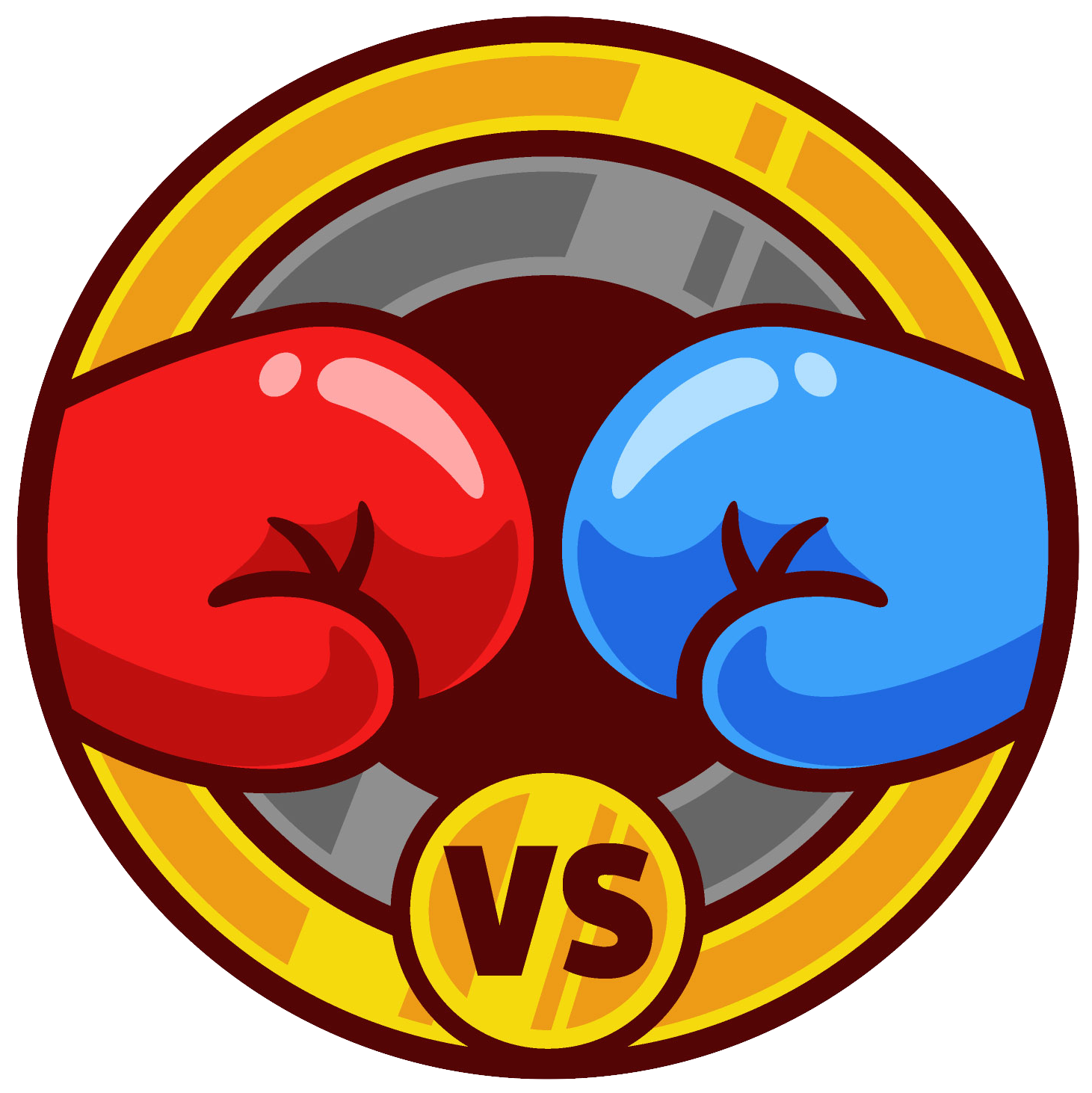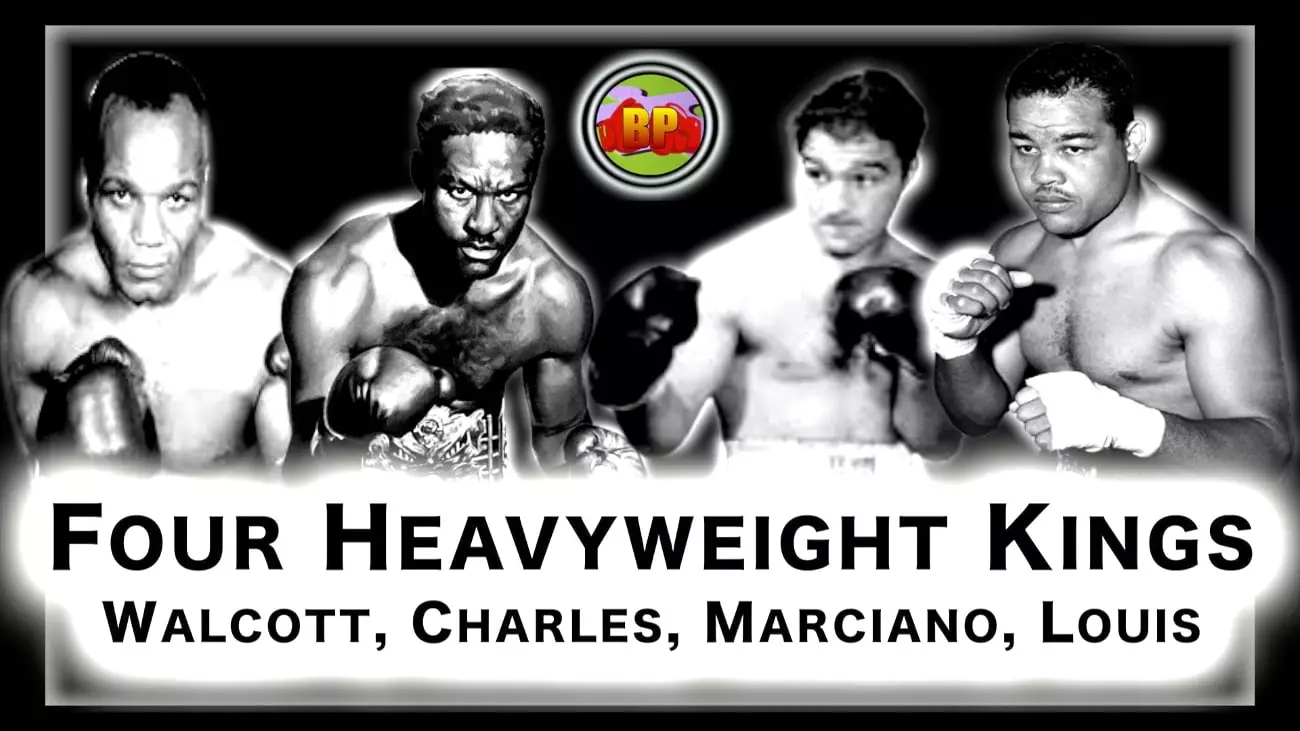The history of boxing is punctuated by dramatic rivalries that elevate the sport beyond mere competition to a narrative of glory, struggle, and fame. From 1947 until 1954, the heavyweight division bore witness to a rivalry that has since captivated generations—featuring Joe Louis, Rocky Marciano, Ezzard Charles, and Jersey Joe Walcott. This gripping saga encapsulated a golden era in boxing, showcasing not only the prowess of the fighters involved but also the cultural zeitgeist of the “Black & White Age.”
When discussing the heavyweight division in the context of boxing history, one cannot overlook the fierce competition that existed among these four titans. During this period, a strikingly different ethos prevailed—a time when the best fighters genuinely squared off against one another to assert dominance and claim championship glory. The hypothetical scenario of contemporaries like Anthony Joshua, Deontay Wilder, and Tyson Fury clashing in a similar manner illustrates how keenly fans long for such engagements in today’s boxing landscape—a longing rooted in the legendary bouts of the past.
The beginning of the rivalry offers a dramatic tale: Joe Louis, an icon of American boxing, faced off against Jersey Joe Walcott in 1947. Their first meeting in Madison Square Garden was marked by suspense and excitement, as Walcott challenged the great Louis, presenting a legitimate threat to his reign. Although rumors of an upset loomed large, it was their rematch in 1948 that would provide fans with a truly spellbinding conclusion—setting the stage for what lay ahead.
By 1949, a significant shift began to unfold in the heavyweight division with the retirement of Joe Louis. The absence of this legendary figure opened the door for contenders like Ezzard Charles and Jersey Joe Walcott. Their bout, arranged to crown a new champion, serves as a testament to the resilience and determination of fighters eager to claim their place in history outside the shadow of Louis. While neither Charles nor Walcott held the reverence afforded to Louis, this match marked the dawn of a new chapter, as Charles emerged victorious.
The saga continued to evolve in 1950 as Louis, refusing to linger in retirement, returned for a highly anticipated showdown against the newly crowned champion. The contest drew significant attention, offering a glimpse into the changing dynamics of the division. Louis’s struggle to reclaim former glory highlighted the passage of time and the enigma of legacy in an arena where youth and vitality often trump experience.
The year 1951 saw the tension within the heavyweight division escalate as match-ups began to proliferate, particularly between Charles and Marciano. As rivals squared off for two pivotal encounters, fans witnessed an extreme competition, underscored by memorable moments of brilliance. The rematch between Charles and Marciano is especially notorious for a left hook that encapsulated the brutality and artistry of boxing.
The year also brought a loud and painful conclusion to another chapter—Joe Louis faced yet another formidable opponent, resulting in a career-ending defeat. However, Louis’s legacy endured and continued to shape the narrative of boxing history, reflecting the complex relationship between triumph and tragedy that defines the sport.
As 1952 rolled in, fights began to intensify, culminating in what some may argue to be one of the finest exhibitions of boxing skill and strategy during this feud. Rivalries can spark fervor and urgency, akin to a duel, and this was never more accurate than in the encounters between these heavyweights. In an era when fighters routinely risked everything, the emotional stakes rendered these matches almost mythical.
The final chapter came in 1953, where a definitive round cemented the identity of the reigning champion, solidifying a legacy that would resonate for decades. Another year, 1954, brought both nostalgia and closure as the rivalries that had defined countless match-ups reached a crucial climax. A final bout between the leading contenders preserved the remarkable story arc of this golden era—an era characterized by grit, passion, and raw competition.
Reflecting on such an illustrious era inevitably leads to musings about what could have been. The absence of Archie Moore in this iconic mix raises provocative questions. Moore’s bouts against Ezzard Charles and Rocky Marciano after the height of this legendary rivalry suggest potential fights that could have further enriched boxing lore. What spectacles we might have enjoyed! Archie’s style and strategy could have brought an exhilarating layer to an already vibrant competition.
The legendary saga of the Four Heavyweight Kings serves as a remarkable study of rivalry, showcasing both the art of boxing and the spirit of competition. Their epic battles defined an era and left an indelible mark on the sport. As fans, we are privileged to experience the remnants of their legacy, relishing the timeless thrill of this chapter in boxing history.

